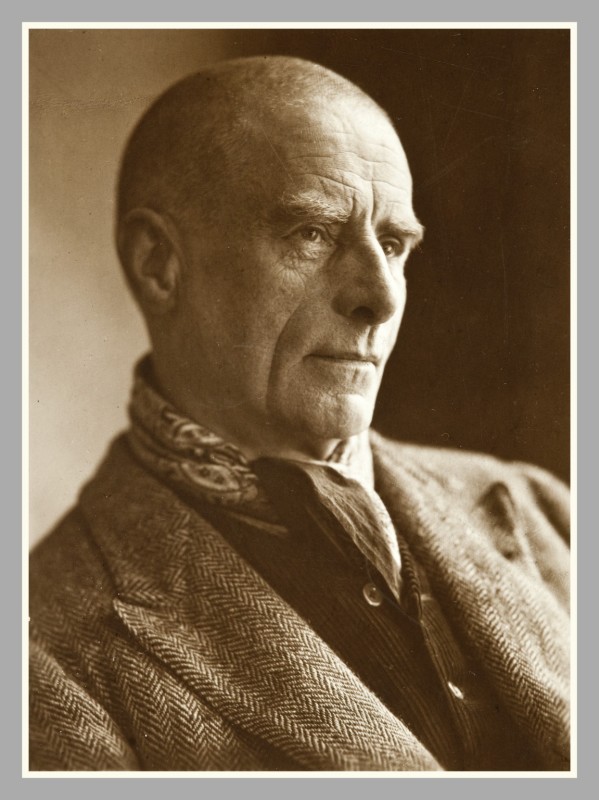Sickert trained briefly at the Slade School and then under Whistler in the 1880s. His association with Degas in Paris in the 1880s left a lasting impression on his work. From 1899-1905 he lived and worked in Dieppe. After his return from Dieppe in 1905 he took a studio in Fitzroy Street, London. Sickert exerted a great influence over a number of young British artists who gathered around him at his Fitzroy Street studio. Sickert's association with these young modern painters led to the formation of the Camden Town Group in 1911. The society of sixteen artists, at the request of Sickert, did not permit women members. He was a very influential teacher at the Westminster School of Art from 1908-1912 and many of his pupils were to remain loyal followers of his methods. His early style was closely modelled on Whistler, especially in his pictures of shop-fronts and in his portraits. He painted a number of theatre and music-hall scenes which owe something to Degas, while placing greater emphasis on the audiences. Sickert was interested in the personal and intimate, representing what he painted as if caught 'through the keyhole' in unsuspecting privacy. He avoided fashionable good taste and the conventionally picturesque, revealing, with no trace of idealization, a rare beauty in the sordid and lending enchantment to the commonplace and dull. He remarked '.... the artistic eye sees beauty somewhere in any surroundings, just as the theologians discern a soul of good in things evil.' An organizer of the London Impressionists exhibition in 1889, he was also elected a member of the NEAC and RBA in the 1880s. Exhibiting widely in London, he showed in Paris and Brussels. Working in Brighton and Bath, he left London in 1934 for Thanet, finally settling at Bathampton where he died. His work is held in public collections worldwide.
